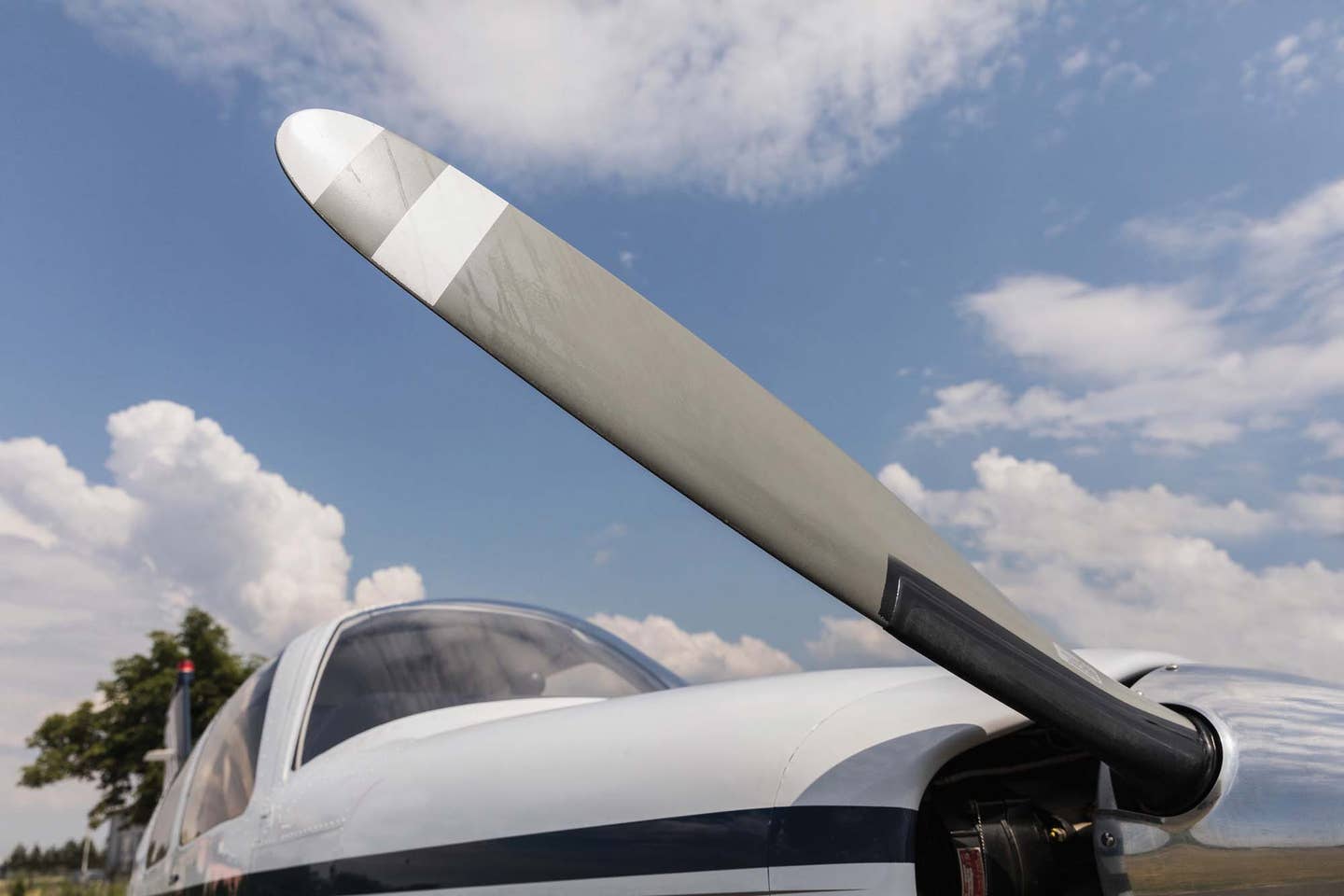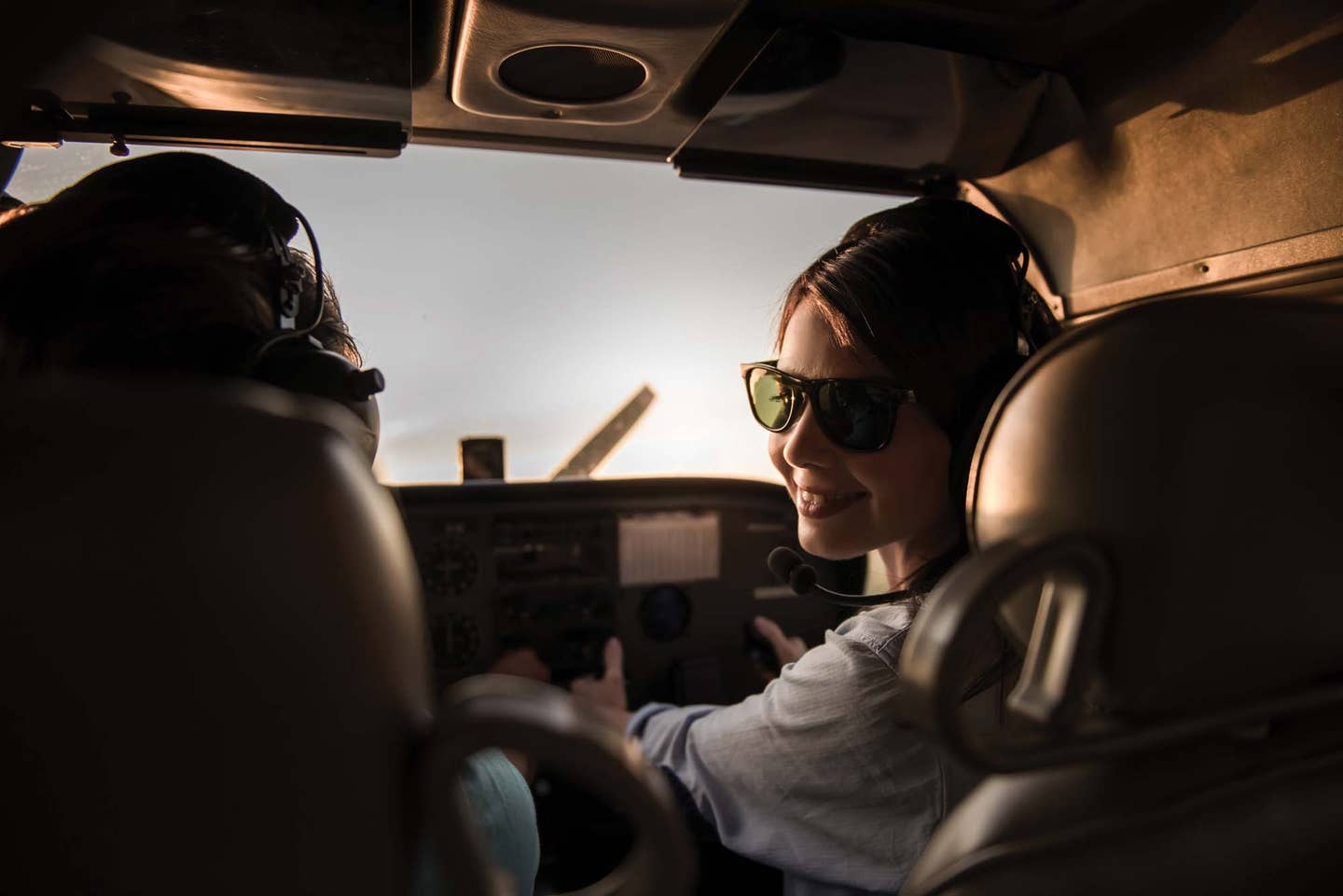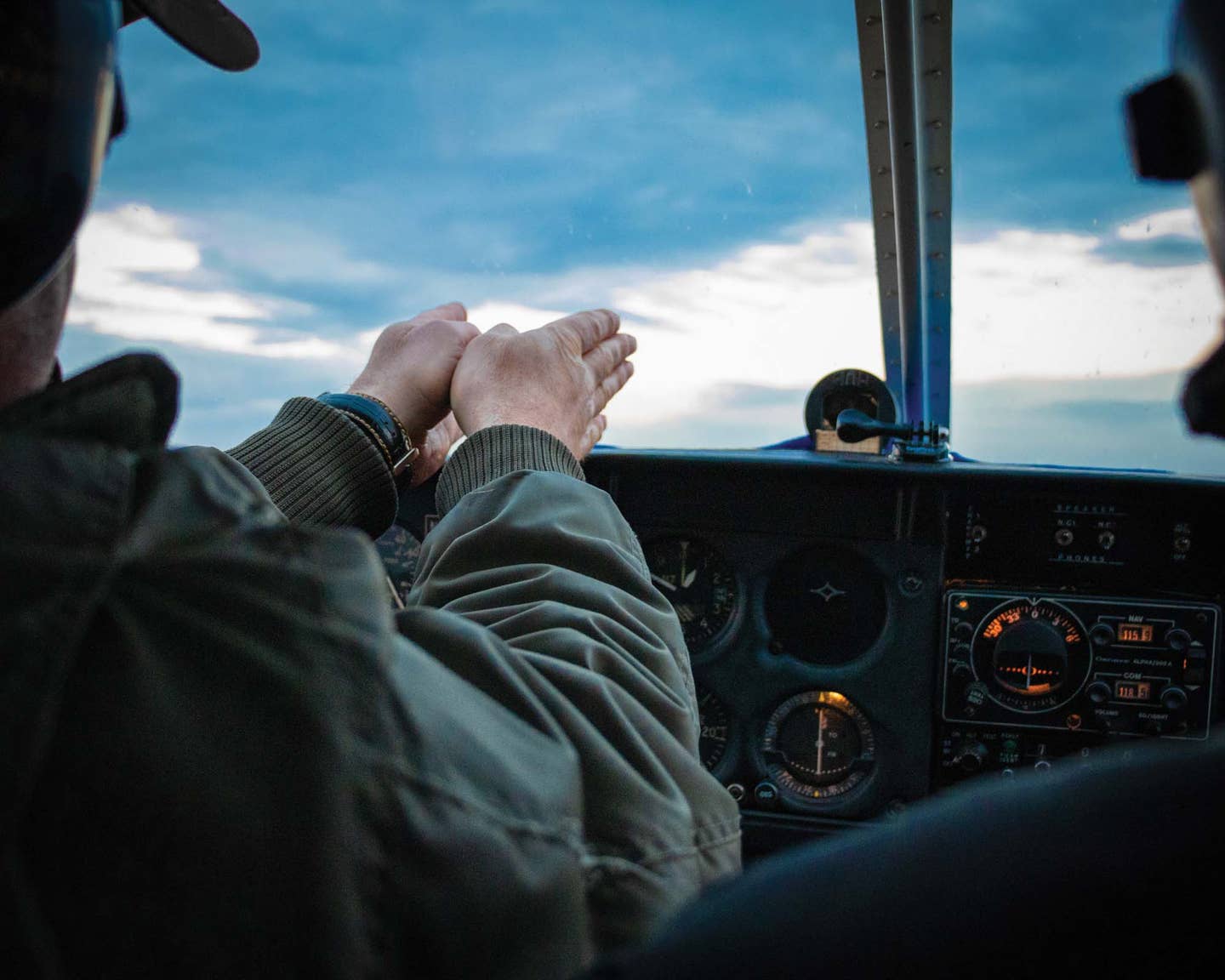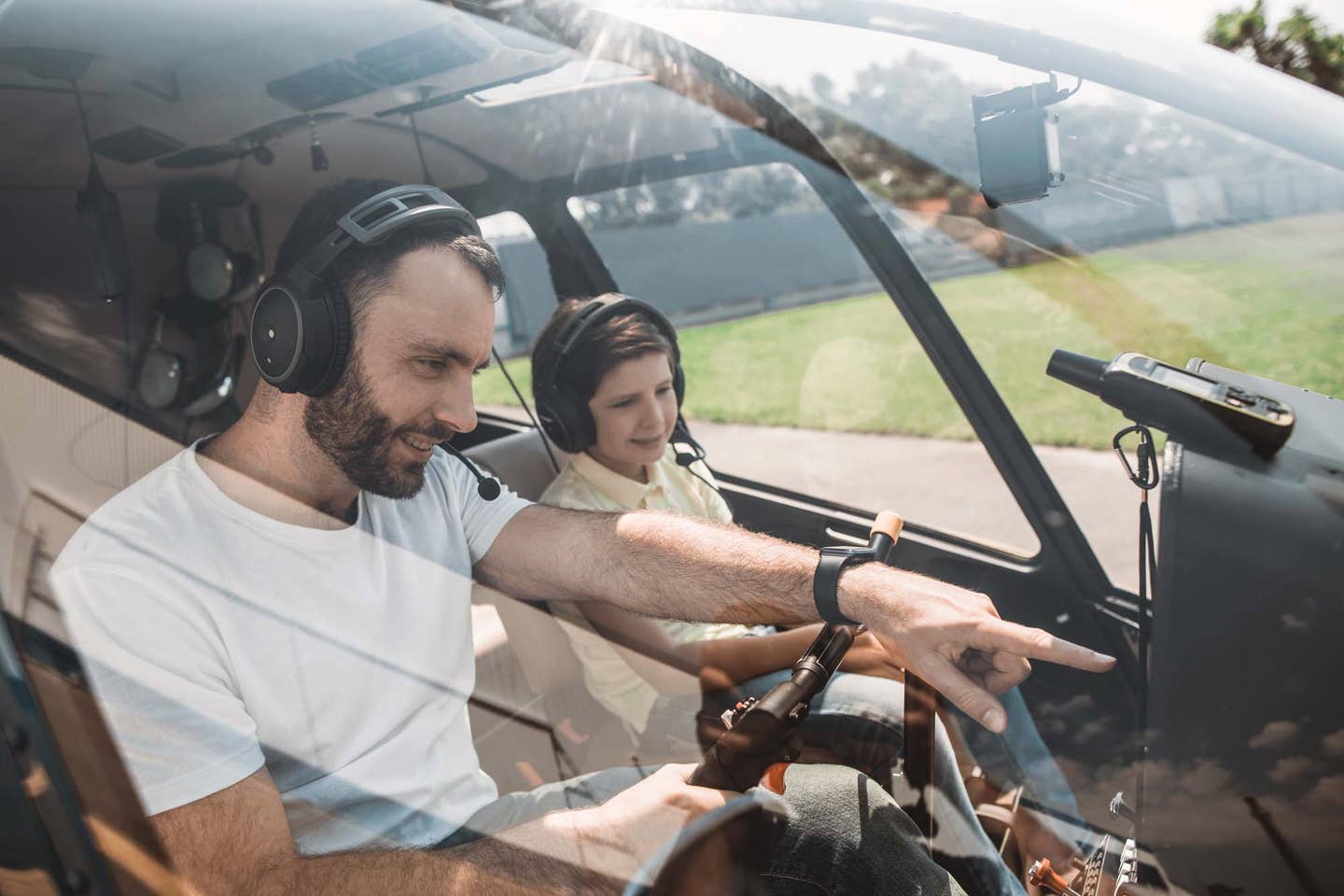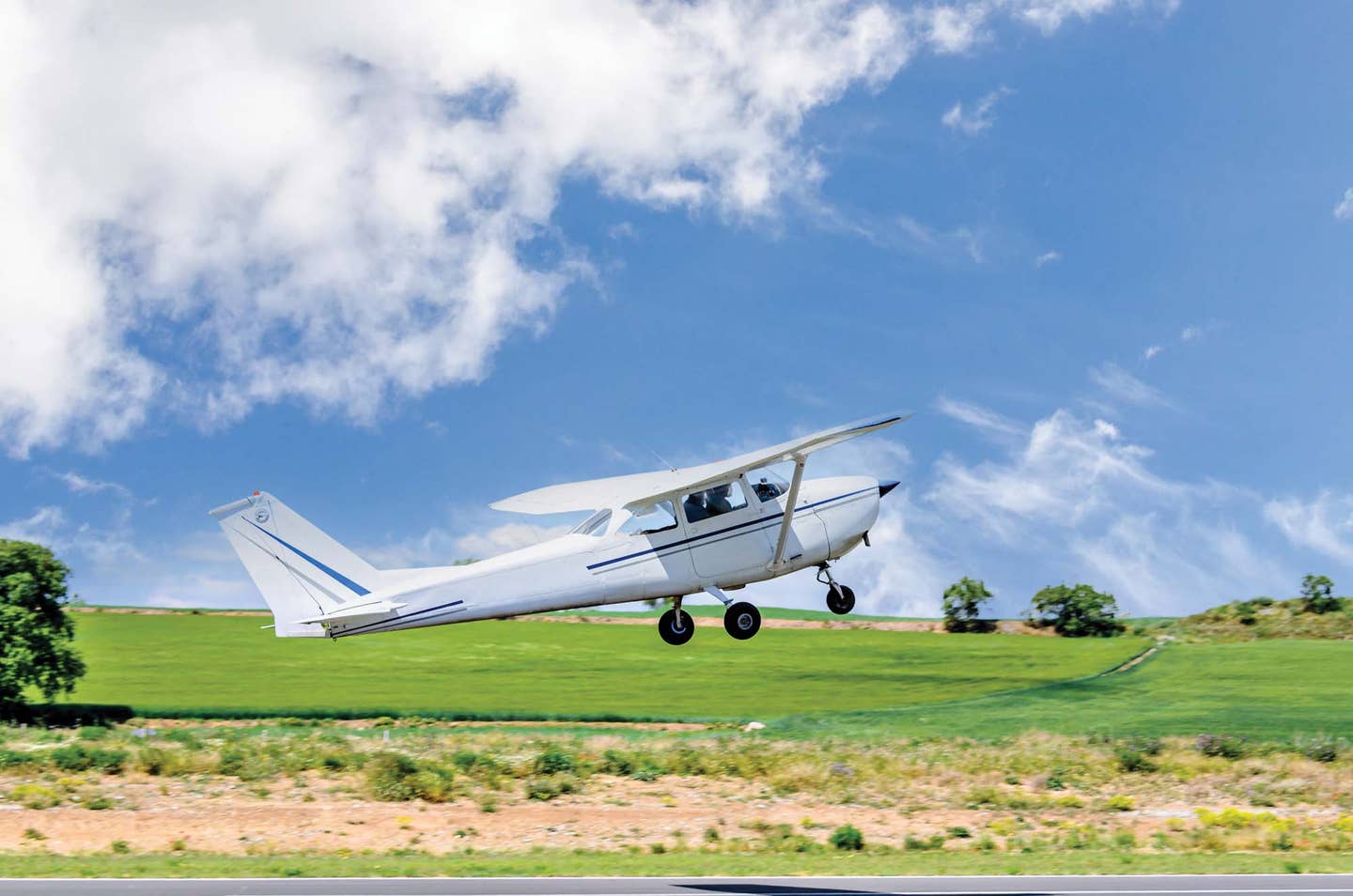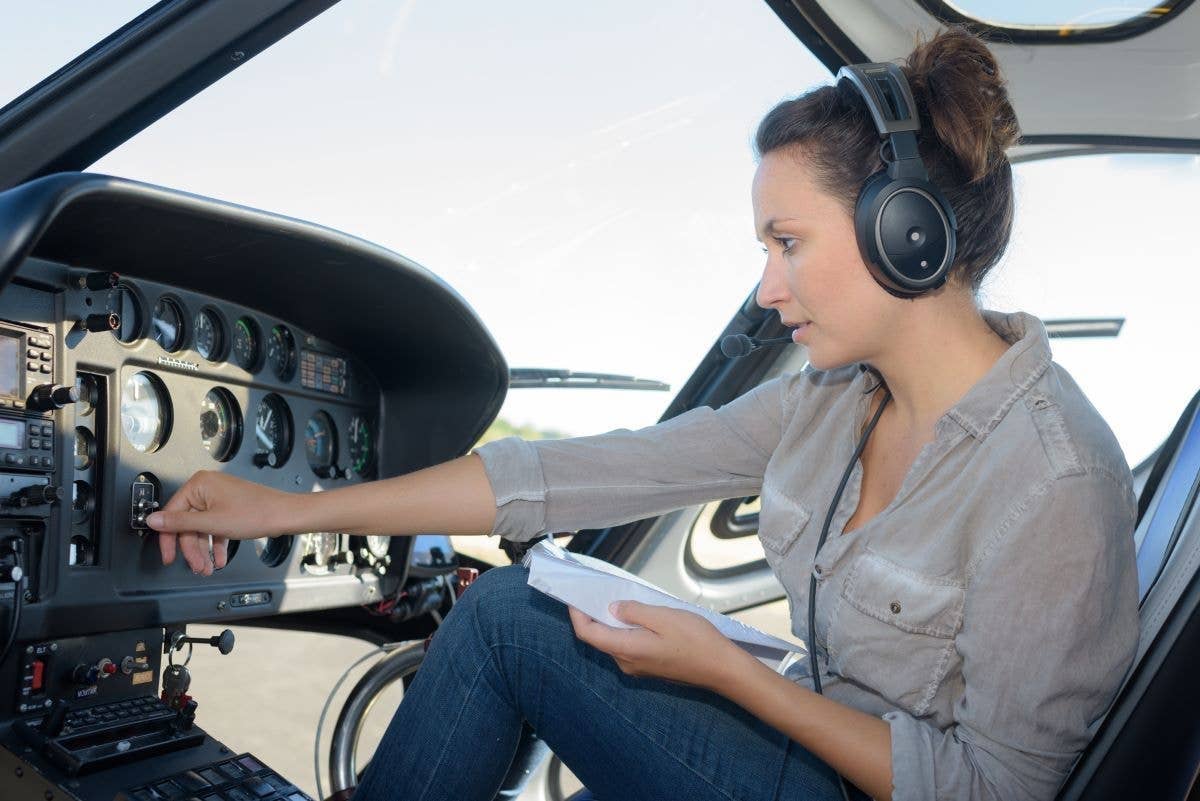Speed Is Life (And Momentum Is Its Sidekick)
On airspeed, energy and Bob Hoover’s rule.

There is more to the relationship between airspeed, energy management and aircraft control than meets the eye. The fighter pilot's motto, "Speed is Life," is the gospel in combat, where those who are most skillful at energy management generally win the fight. Multi-engine pilots know that precise air speed control is critical when engines begin to fail. And our colleague, Sir Isaac Newton, reminds us that in addition to the four forces of flight, there is a fifth force, momentum, that significantly impacts aircraft performance. So, let's start this journey by taking a quick trip back to high school physics class!
TRIGGER ALERT: MATHEMATICAL FORMULA FOLLOWS! In the most memorable line from Top Gun, Maverick loudly proclaims, "I feel the need, the need for speed." Test pilots, engineers and geniuses aside, most pilots are not into theoretical equations, or, worse, the dreaded need to do math in public. But in this instance, we think Tom Cruise is referring to what is commonly known as the coefficient of lift equation, or Cl = ½ Rho V2 S.
However, when you are flying, this formula is much simpler than it seems. Once airborne, we pilots can't do too much about Rho (which relates to air density) and nothing at all about S (wing or control surface area) unless we count extending the flaps. However, we are the masters of V (velocity)! And to our delight, V is squared, which means that every time we increase our airspeed by a couple knots, the effectiveness of our lifting and control surfaces is increased fourfold. Now this is some math we can all get behind.
During jet fighter combat maneuvers, this formula, and an ample application of afterburner, allows fighter pilots to turn airspeed into energy and live to fight another day. In the airline pilot's world, the rare engine failure at altitude turns first into a "drift down" maneuver from cruise altitude to maintain ample V (velocity) until safely at or below the single-engine service ceiling. This is followed by an energy management descent, approach and landing profile designed to keep the aircraft comfortably above engine-out minimum control speed, all the while retaining excess energy and control authority until just before actual touchdown.
In light twins, blueline speed defines the "best single-engine climb speed." This speed will yield the best single-engine climb rate while maintaining aircraft control. However, if the pilot is losing roll control authority due to unforeseen problems or configurations, every single additional knot of airspeed will result in significantly increased control authority and allow the pilot to keep the shiny side up.
Now, down here in single-engine land where most of us live, the normal traffic-pattern speed schedule is designed to retain additional energy until just prior to touchdown. Getting slow on base or the turn to final can be deadly. Remember, slowing a couple knots also squares the loss of energy and control effectiveness.
Additionally, the lift formula can play an important role in many inflight emergencies. When encountering a severe bird strike, split flaps, control surface damage or other control issues, the speeds listed in the POH may no longer apply. In this case, a controllability check to determine how slowly the pilot can maintain control will let the pilot know if the landing speeds in the POH are still valid.
While still at altitude and on the way to the nearest airport, configure the aircraft for landing and slow ever so carefully to the POH final approach speed. If the aircraft begins to roll or turn uncontrollably before reaching the final approach speed, lower the nose, recover and decide that the landing will be made at least 5 to 10 knots above that speed. Then, maintain a gentle continuous descent to the touchdown point, just like the big iron pilots are taught, carrying some extra airspeed and energy until landing is assured. If the newly identified touchdown speed is too high, then maybe a longer runway is required. The goal here is never to lose control of the aircraft inadvertently before you reach the ground. Speed is life.
Now, as we begin to fly larger singles and twins, that fifth "force of flight" momentum begins to be a factor. Sir Isaac's first two laws state that "an object in motion will tend to remain in motion" and "force equals mass times acceleration." These two laws describe what we commonly call momentum, or "mo" for short. If you need an extreme example, imagine a 100-car freight train making an emergency stop. The overwhelming mass of the train, combined with even modest velocity, makes for a lot of sparks, squealing brakes and not much deceleration. Think about that the next time you watch someone try to sneak around the local rail crossing gate!
Modern airliners, while certainly lighter than trains, often have a range of weights for landing that vary by nearly 100,000 pounds. During the landing flare, a 300,000-pound jet carries a lot more momentum than a 200,000-pound one. Thus, the pilot is required to reduce thrust sooner at the higher weight than at the lower weight. At first, this seems counterintuitive, as the lighter-weight airplane requires less velocity and thrust to fly. We are not talking about flying but rather slowing down---or, as Isaac might have also said, "mass times deceleration." Yes, but we don't all fly the big jets.
Back here in single-engine land, a Cherokee Six's inflight weight can range from approximately 2,000 to 3,400 pounds, a range of over 42% of its maximum takeoff weight. If the Cherokee Six must land near maximum gross weight, say, on an immediate return to the airport, the pilot will need to fly faster with more power on final. However, when it comes time to slow down in the flare, the big Cherokee's higher weight and increased momentum may require a more rapid power reduction than at the more familiar lighter weight.
The same aircraft with a single pilot and 15 gallons of fuel will require significantly less power to maintain the final approach. However, its lower mass will tend to decelerate much more quickly once the round out and flare have begun. So, landing at the light weight requires the pilot to reduce power at a slower rate. And, of course, "mo" affects stopping distances as well. So, if the runway is short and snow or ice covered, the higher landing speed, long landing and increased momentum result in more than a few departures from the far end of the runway.
The late, great Bob Hoover, a famed flight test and airshow pilot, famously said, "Fly the aircraft as far into the crash as possible." A survivor of multiple aircraft crash landings in wartime, flight test and even on takeoff in his misfueled Shrike Commander, Mr. Hoover knew what he was talking about. Simply put, loss of roll control, or stalling the aircraft after takeoff or before touchdown, is nearly always unsurvivable. Maintaining airspeed and energy as long as possible provides the pilot with multiple options. The constant focus on maintaining flying airspeed that our CFI drummed into us works for normal operations, abnormal operations and even critical off-airport landings.
So, speed is truly life! Thanks to some amazing aircraft designers and engineers, we get to fly some of the safest and most efficient aircraft available. And we can learn something from our friends in the professional ranks. Precise airspeed control, maintaining a reserve of energy, and always maintaining aircraft control are Job One, especially when out-of-the-ordinary situations arise.

Subscribe to Our Newsletter
Get the latest Plane & Pilot Magazine stories delivered directly to your inbox

